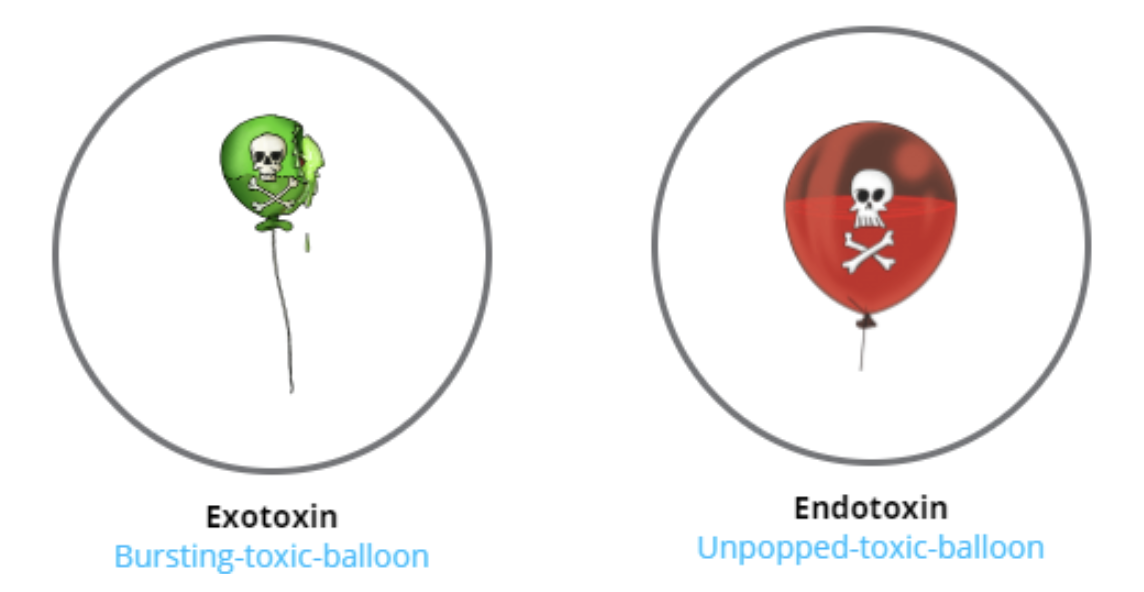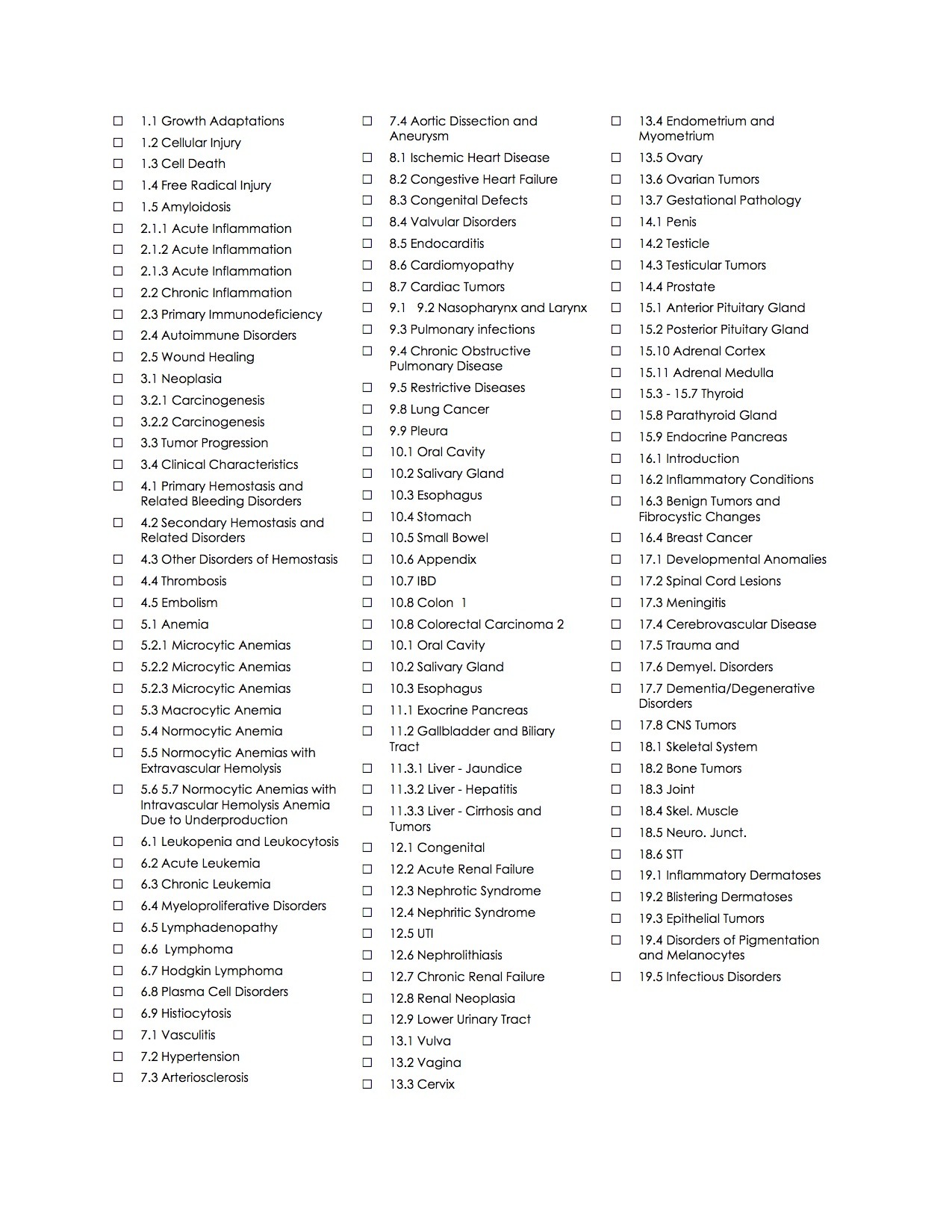
There were a couple small math questions about calculating a 3% solution and some weird stuff I havent seen about ocular correlations. Gram positive cocci, catalase negative,vancomycin resistant, LAP negative Which species is this organism most likely to be?ġ4. How would you differentiate V parahaemolyticus from V cholerae? How would you differentiate Micrococcus and Staphylococcus?ġ2. Decontamination choice for Pseudomonas in AFB cultureġ1. How would you differentiate Group A from Arcanobacterium?ĩ.Most likely species for: Small gray colonies that are gamma hemolytic, bile esculin positive, PYR negative, Gram positive cocci in short chains and small clustersġ0. A flat colony with green metallic sheen grows on blood.

Which is the agent of hand foot and mouth disease?ħ. Which is an appropriate specimen to diagnose Dracunculus medinensis?Ħ. I’m pretty sure it was an ESBL producing organism according to the results.Ĥ Which of the following is most likely to penetrate through unbroken skin?ĥ. I’ll try to write what I remember, but they may not be verbatim.įrom which source are you most likely to see this parasite?Ģ This catalase positive, gram positive bacilli with diptheroid morphology is highly resistant to many antibiotics and is associated with immunocompromised patients.ģ A chart with susceptibilities (of which I can’t remember) for K pneumoniae asking how the results should be reported. Probably two of the eight questions of AFB were directly from the BOC book. The BOC book is good for reviewing Acid fast bacilli stuff….but you don’t really get many questions anyway. All said and done, I only used about an hour of my allotted time.Īs far as my recommendations for study: this website, A Concise Review of Clinical Lab Science, labce, and Sketchy Medical. I can’t really remember all of the questions, as I zoomed through it pretty fast. By memorizing these few unique characteristics, you’ve essentially memorized all the others! Also notice how only one organism is superoxol or DNase positive. For example, referring to the table of Gram Negative Diplococci, notice how moraxella catarrhalis is negative for acid production from oxidation of glucose, maltose and lactose. Once I had these, there was very little additional work for me to do. I only did questions to solidify my recall of the information on the charts.Īn excellent microbiology professor suggested using tables to see what’s unique about a single organism, as it can help you memorize what is so similar about the others.
E coli sketchy micro manual#
I find that using flowcharts – as if I am conducting manual laboratory testing – make things easier for me. However, it’s not practical to memorize positives and negatives for every type of organism.

In many laboratories, all tests may be performed quickly on a single strip of reagents (API), which change color based on particular enzymatic properties of the organism.

Each organism produces a unique combination of results based on certain testing criteria. You would ask yourself, “I wonder what this organism is?” You would then culture and gram stain, or perform some other tests to figure out what you’re dealing with. In a real laboratory, the organism would arrive in some media. Microbiology can appear daunting when you don’t know what to focus on. Fortunately, microbiology questions tested on the ASCP exam focus on diagnosis.


 0 kommentar(er)
0 kommentar(er)
